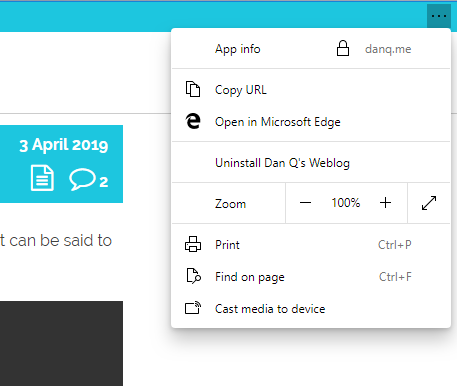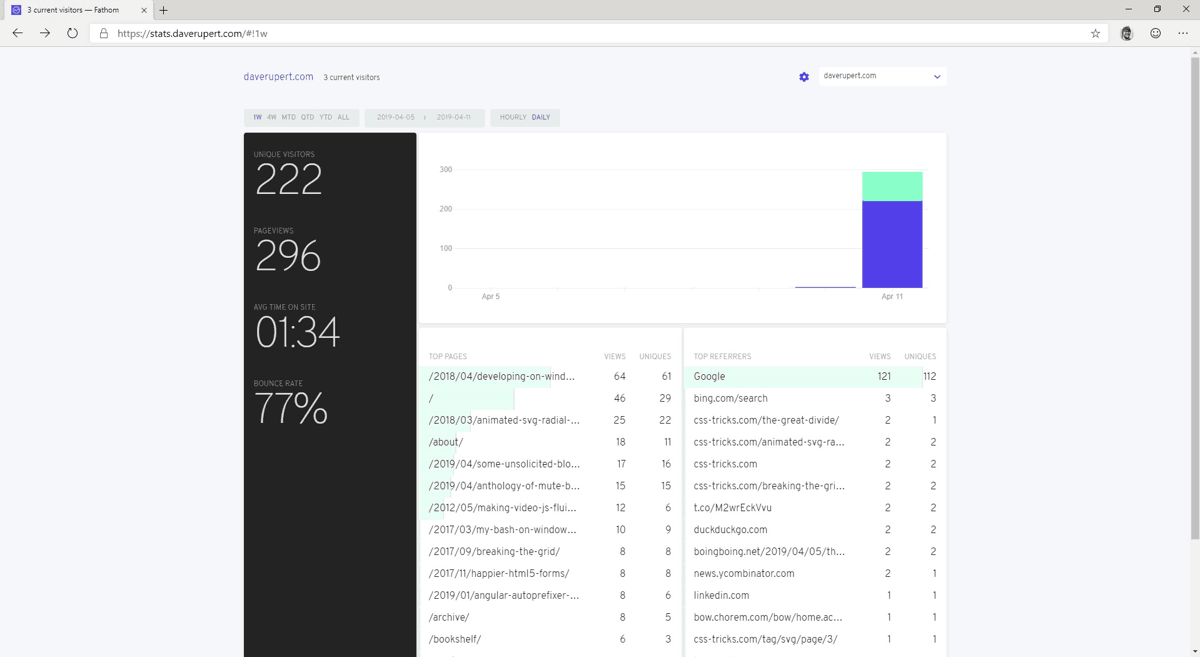From a G7 meeting of interior ministers in Paris this month, an “outcome document“:
Encourage Internet companies to establish lawful access solutions for their products and services, including data that is encrypted, for law enforcement and competent authorities to access digital evidence, when it is removed or hosted on IT servers located abroad or encrypted, without imposing any particular technology and while ensuring that assistance requested from internet companies is underpinned by the rule law and due process protection. Some G7 countries highlight the importance of not prohibiting, limiting, or weakening encryption;
There is a weird belief amongst policy makers that hacking an encryption system’s key management system is fundamentally different than hacking the system’s encryption algorithm. The difference is only technical; the effect is the same. Both are ways of weakening encryption.
The G7’s proposal to encourage encryption backdoors demonstrates two unsurprising things about the politicians in attendance, including that:
- They’re unwilling to attempt to force Internet companies to add backdoors (e.g. via legislation, fines, etc.), making their resolution functionally toothless, and
- More-importantly: they continue to fail to understand what encryption is and how it works.
Somehow, then, this outcome document simultaneously manages to both go too-far (for a safe and secure cryptographic landscape for everyday users) and not-far-enough (for law enforcement agencies that are in favour of backdoors, despite their huge flaws, to actually gain any benefit). Worst of both worlds, then.
Needless to say, I favour not attempting to weaken encryption, because such measures (a) don’t work against foreign powers, terrorist groups, and hardened criminals and (b) do weaken the personal security of law-abiding citizens and companies (who can then become victims of the former group). “Backdoors”, however phrased, are a terrible idea.
I loved Schneier’s latest book, by the way. You should read it.
















































